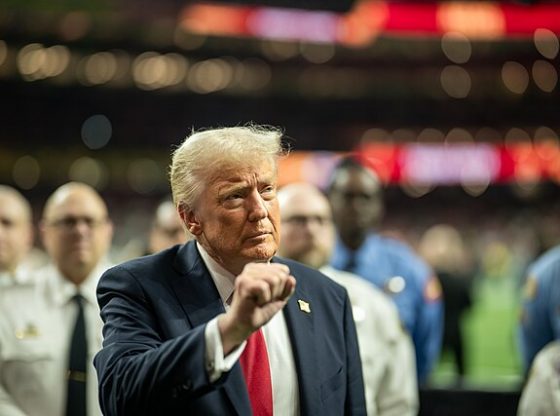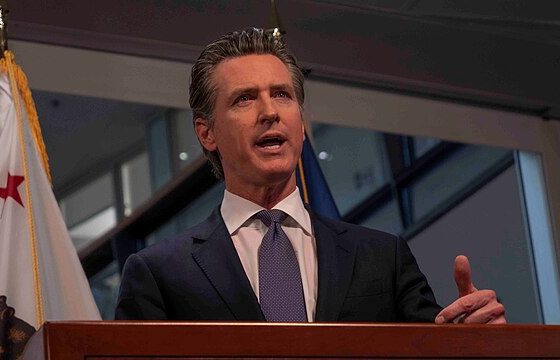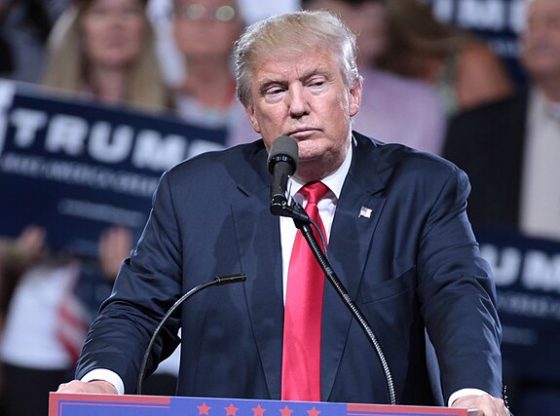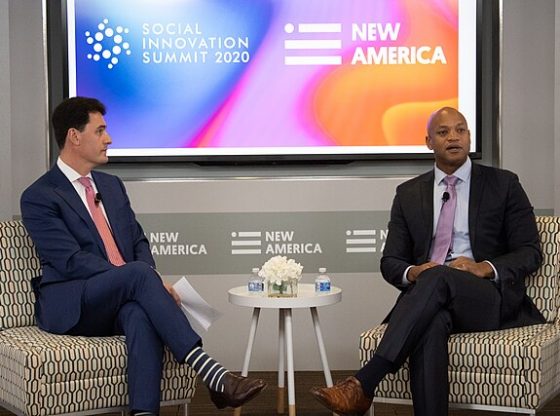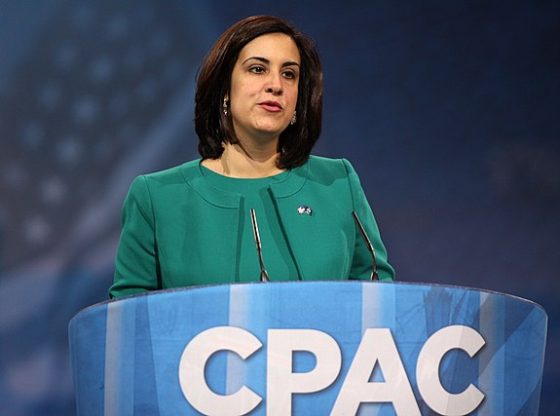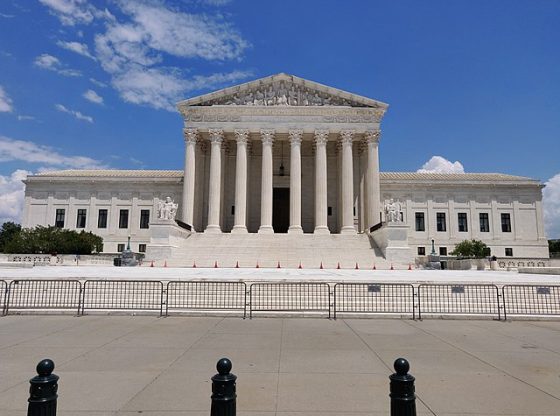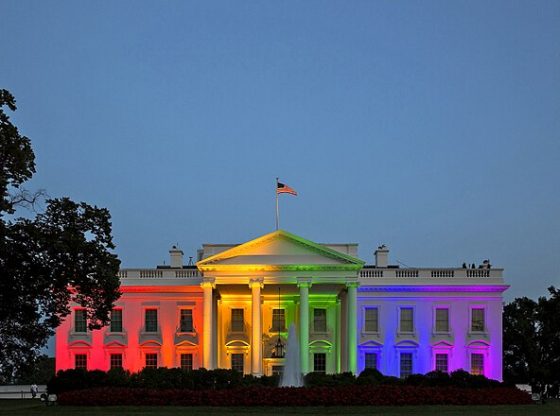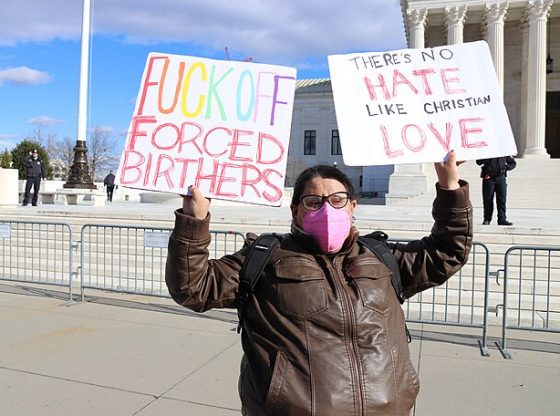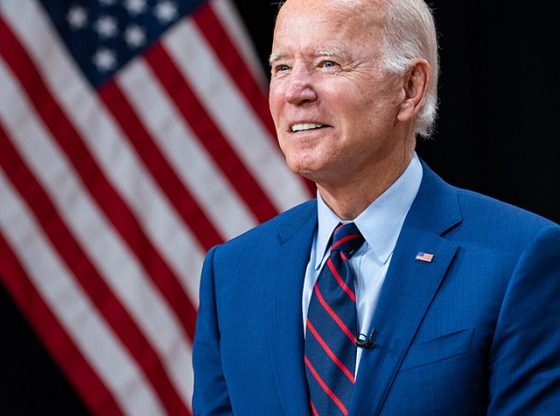Live by the sword, die by the sword.
Just ask Joe Biden, whose executive orders have quickly gone the way of all flesh during the first three weeks of Donald Trump’s second term. An executive order is, by its nature, a temporary fix.
This is particularly true of Trump’s recent executive order to keep men out of women’s sports. It lacks permanence and is subject to the whims of the next occupant of the White House.
Therefore, although the president has done all he can do and all that he promised during his campaign, more is needed to ensure that this issue doesn’t simply become a political football through the executive orders process. What is needed is for Congress to do the job it was elected to do.
Four years from now, there is no guarantee that a conservative will be in office, and with that uncertainty comes the instability of policy dictated by executive fiat. Stability comes not from one man’s pen but from congressional action — because while a single president can repeal an executive order with the stroke of a pen, it takes a legislative majority to overturn a statute.
Since the 1990s, Congress has steadily abdicated its responsibility to legislate, opting instead to let the executive branch take the political heat. Members of Congress, more concerned with reelection than with the duty to govern, prefer to pass the buck.
An executive order commands only the executive branch, requiring federal agencies to comply. But its power is inherently limited. Regulatory authority has been reined in, especially after the Supreme Court’s recent decision to overturn Chevron deference.
No longer can agencies broadly interpret congressional statutes to impose sweeping regulations. Now, their authority is confined strictly to what Congress has explicitly granted them. This limits the scope of what Trump’s latest executive order can achieve. His directive to the Department of Education to restrict women’s sports to biological females is bound by statutory interpretation, which blue states can challenge.
If, for example, California asserts that its state law recognizes gender identity as equivalent to biological sex, the Department of Justice may contest this, dragging the matter into the courts. Until the judiciary weighs in, states can enjoin the issue, effectively placing a freeze on enforcement.
To give Trump’s executive order real teeth, Congress must enshrine its principles into law. Consider the Tennessee court case currently testing whether the banning of gender-affirming hormone therapies violate the Equal Protection Clause. If the courts interpret equal protection in the broadest sense, the ramifications could be far-reaching.
This is why congressional action is necessary, because reliance on executive orders and judicial interpretation fosters legal instability. For most of human history, the definition of male and female was uncontested. Yet, in the last two decades, the issue has become a battleground of competing interpretations. Trump took one stance in his first term; Biden reversed it; Trump has now reversed it again. Without congressional intervention, the pendulum will continue to swing, and policy will remain at the mercy of each new administration.
Even within the education system, federal mandates can be challenged at the local level. Teacher unions can recommend curriculum that contradicts an executive order or even a congressional statute, but school boards bear the ultimate responsibility. If a district implements a curriculum that violates federal law, the liability falls on the elected school board—not the unions. While unions exert influence, they do not hold fiduciary responsibility to the public. This is yet another reason why laws, not executive orders, should dictate policy. When policy is backed by congressional statute, legal challenges become significantly harder to sustain.
If conservatives want lasting change, Trump’s executive order on banning men in women’s sports is not the ultimate solution. This is a temporary measure, subject to the whims of future presidents and resistant state governments. The only way to secure enduring policy is for Congress to do its job. That means passing laws that will withstand the test of time.
If the legislative branch continues to shirk its duty, the cycle of executive overreach and judicial wrangling will persist, leaving the American people caught in the crossfire of unstable governance.
Featured Image Credit: The White House


